Di tích khảo cổ học Đồng Đậu được phát hiện năm 1962 và đã qua 7 lần thám sát và khai quật lớn, qua đó phát hiện rất nhiều di vật khảo cổ với hàng nghìn hiện vật, mảnh gốm, phong phú về chất liệu, chủng loại, đa dạng về loại hình, kiểu dáng.
Bảy lần khai quật ở di tích khảo cổ học Đồng Đậu đã phát hiện được rất nhiều di vật tiêu biểu của 3 nền văn hóa: Phùng Nguyên – Đồng Đậu – Gò Mun bằng đá, đồng, gốm. Xương cốt động vật như: lợn, hươu, nai, trâu, bò, chó, hổ… và khá nhiều xương cá.
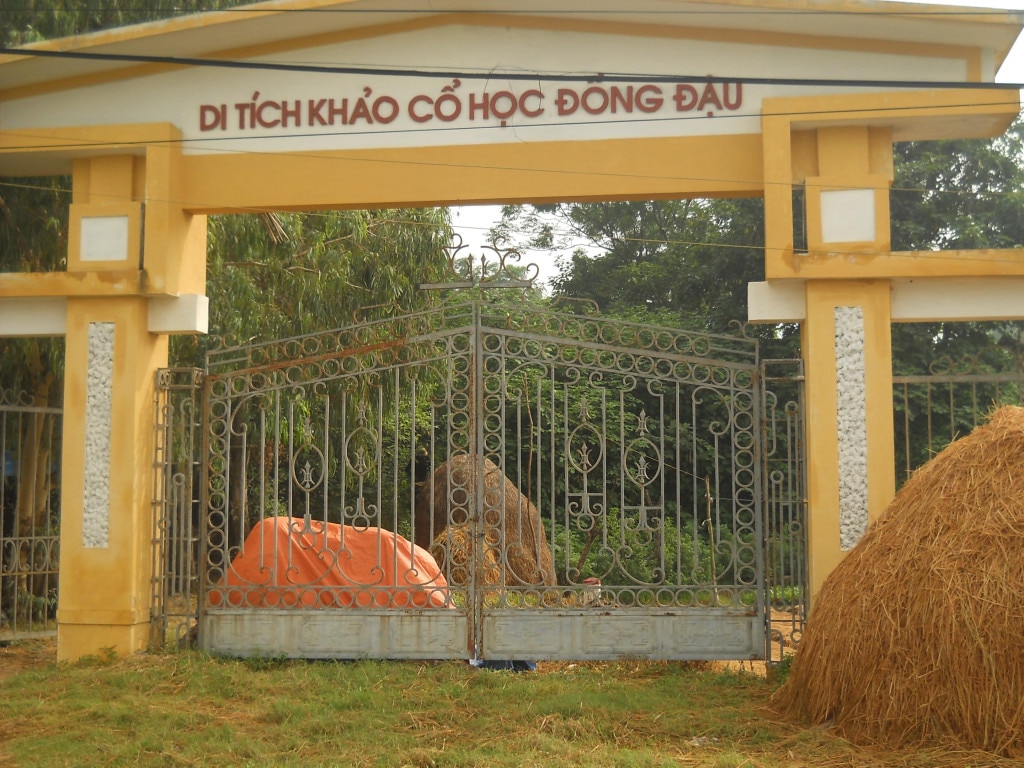
Cổng di tích. Ảnh: Báo Quân Đội Nhân Dân.
Trong đó, đồ đá bao gồm các loại công cụ sản xuất như rìu, bôn, đục, bàn mài. Đồ trang sức có vòng tay, hạt chuỗi, khuyên tai. Đồ xương có mũi giáo, lao, mũi tên, mũi khoan, dùi. Đồ đồng có rìu, giáo, lao, lưỡi cày, dùi, kim, khuôn đúc, mũi tên, búa và đũa đồng. Đồ gốm có đồ đựng, đồ đun nấu, đồ phục vụ sinh hoạt, tín ngưỡng, các loại bình, nồi, vò, chậu, chân chạc, bi gốm, chì lưới, tượng.
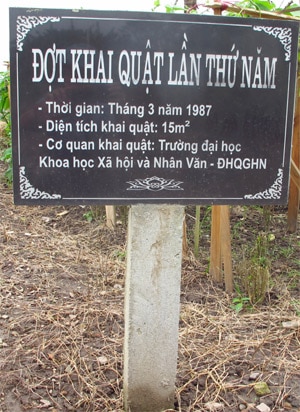
Ảnh: Báo Quân Đội Nhân Dân.
Trong lần khai quật năm 1968 đến 1969, có rất nhiều di tích được phát hiện như nền đất sét vàng, bếp, hố đào và lần đầu tiên phát hiện ra mộ táng, kiểu mộ được chôn trong khu vực cư trú, sát bề mặt sinh thổ.

Nơi khai quật lần thứ 6. Ảnh: Tiến Dũng.
Các đợt khai quật cũng cung cấp nhiều tư liệu quý về nhân chủng học. Nhiều nghiên cứu sinh đã tiến hành nghiên cứu hình thái nhân chủng di cốt người cổ Đồng Đậu bằng một ngôi mộ có niên đại khoảng 3.500 năm.

Những mảnh gốm hiện vật. Ảnh: Tiến Dũng.
Đáng chú ý nhất là ngôi mộ phát hiện năm 1999 ở độ sâu 3,3m, trên nền đất dài 1,2m, rộng 0,5m. Bộ xương còn khá nguyên vẹn trừ cẳng chân và bàn chân trái đã mủn nát. Kết quả nghiên cứu cho ra người này thuộc nhóm máu O. Khu vực xương cánh tay trái, xương chậu phải có khối u hình ô-van đang phát triển.
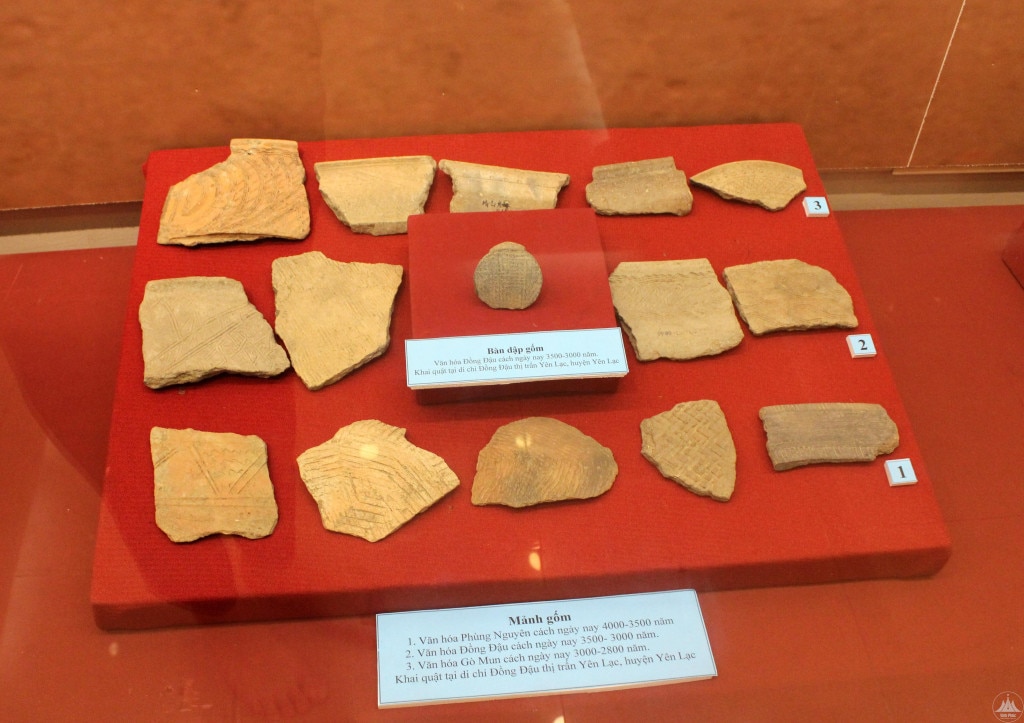
Các mảnh gốm. Ảnh: Báo Vĩnh Phúc.

Chân chạc. Ảnh: Báo Vĩnh Phúc.
Người này được xác định là nam giới, cao 1,59m, hơn 40 tuổi. Trên cẳng tay phải đeo 1 vòng đá to, đường kính vòng đá lên tới 106mm, đường kính lỗ 56mm, bề dày 14mm. Bộ di cốt người thuộc giai đoạn văn hoá Phùng Nguyên khai quật tại Đồng Đậu được đưa về lưu giữ và trưng bày tại bảo tàng Vĩnh Phúc.

Ảnh: Báo Vĩnh Phúc.

Trưng bày bộ xương người được tìm thấy ở Đồng Đậu. Ảnh: Báo Nhân Dân.
Những phát hiện ở di tích khảo cổ học Đồng Đậu cho thấy từ buổi bình minh của dân tộc, ở Yên Lạc đã có con người sinh sống. Đồng Đậu được định vị là nơi cư trú của người Việt cổ qua 4 giai đoạn: Phùng Nguyên, Đồng Đậu, Gò Mun, Đông Sơn. Các nhà khoa học đã phác họa bức tranh về làng cổ thời kỳ Hùng Vương về các nền văn hóa tiền Đông Sơn.

Ảnh: Báo Vĩnh Phúc.

Những hiện vật trưng bày ở bảo tàng tỉnh Vĩnh Phúc. Ảnh: Báo Vĩnh Phúc.
Đồng thời người ta còn tìm thấy ở đây tượng hình trâu, bò, gà và những hạt gạo cháy, chứng tỏ nghề trồng lúa nước đã có từ rất lâu đời. Di tích khảo cổ học Đồng Đậu là một di chỉ quý, góp phần khẳng định trong tiến trình lịch sử trải dài trong 2 thiên niên kỷ, người Việt cổ đã định cư ở Đồng Đậu, tạo ra nền văn minh sông Hồng, văn minh lúa nước rực rỡ.
Tổng hợp










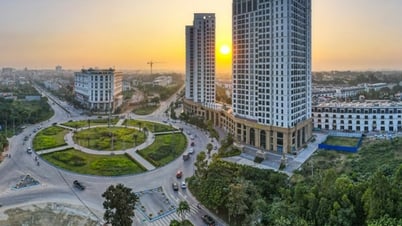




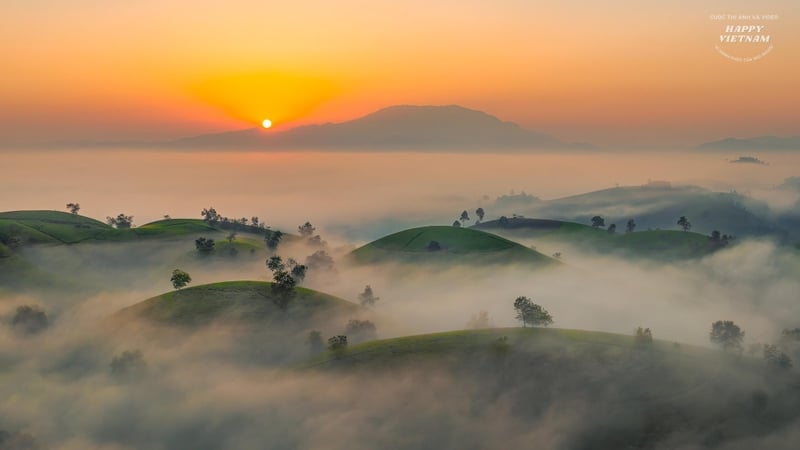




















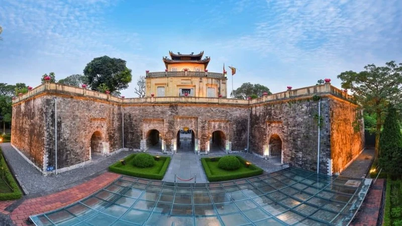











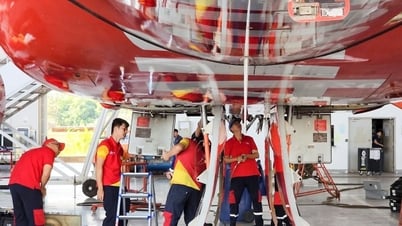





























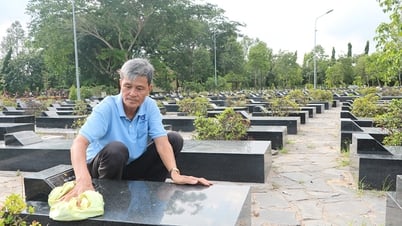


















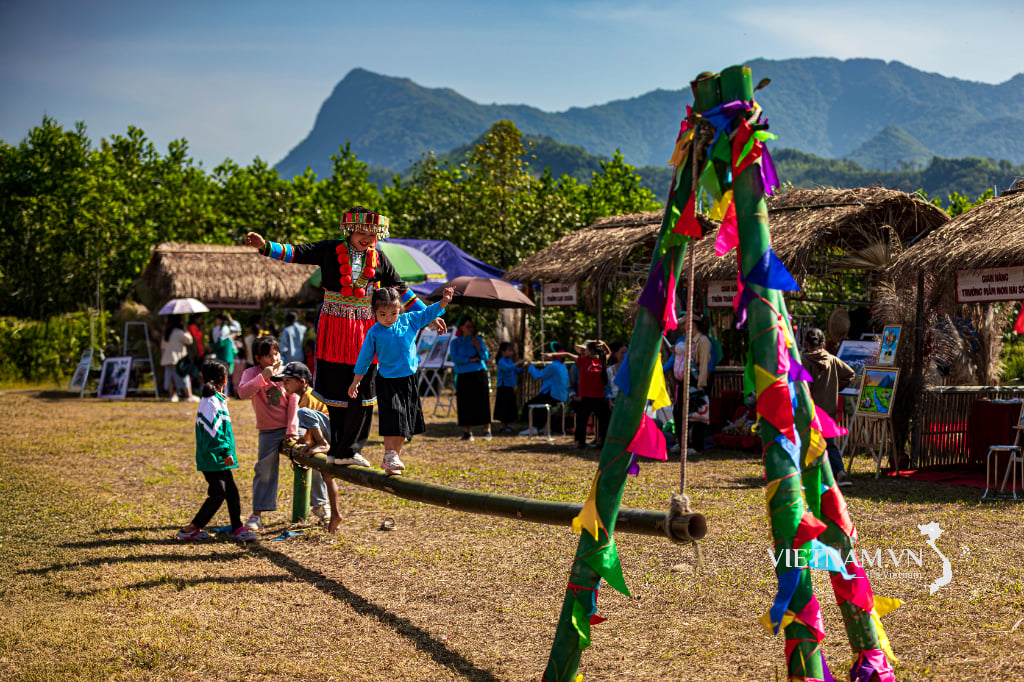


Bình luận (0)